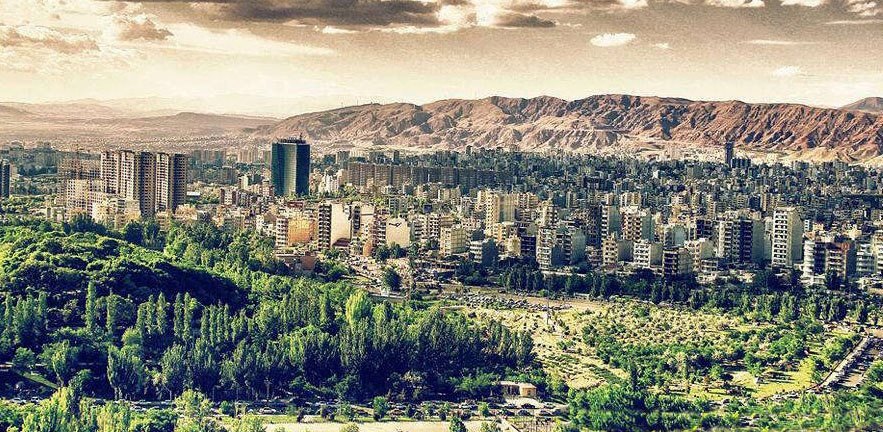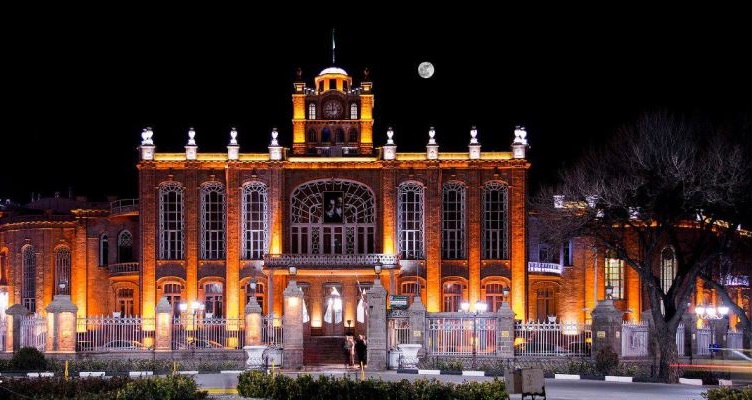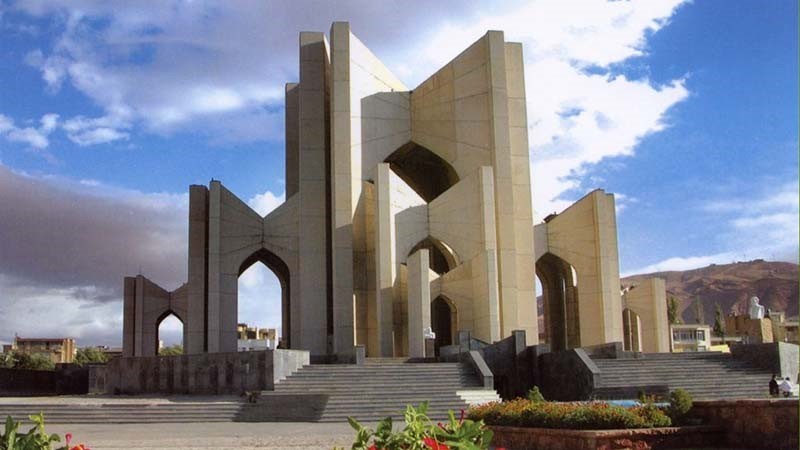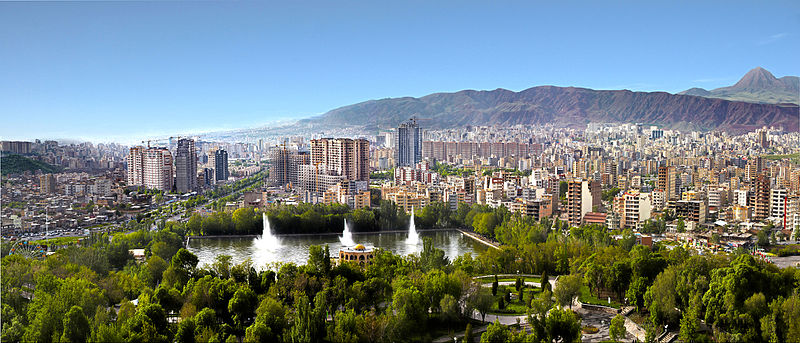About Tabriz
Tabriz, resting on the lap of Sahand, a dormant volcano, but Tabriz itself is a volcano erupting every now and then with a mighty roar, changing the countenance of history. Tabriz is one of the oldest cities of Iran. The collection of historical relics and archeological signs uncovered from several of its places as a result of many excavations are proofs of its ancient history. The oldest record found about the Tabriz city is from the inscription of Sargon II the Assyrian king (750-722 BC), in which it is described as a large and prosperous city with a labyrinthine fortification.

The most populous city in northwestern Iran, Tabriz is steeped in history. Once a major stop on the Silk Road trade route connecting Europe and Asia, it served as a capital city to several empires throughout the ages, including the Mongols, the Turkmen tribal groups and the Safavids, a major rival of the Ottoman Empire in the 16th and 17th centuries. More recently, Tabriz has seen rapid modernization, with widened streets, public gardens and a university all added within the last century. Today, it serves as the capital of Iran's East Azerbaijan province. It remains an important industrial center for Iran, with such products as carpets, agricultural machinery, motorcycles and textiles all developed there.
Tabriz is the cradle of science and civilization, pioneering scout of the firsts in Iran, out of which the establishment of the first state association on 1906, developing the city managing systems such as the municipality by Ghasem Khan Vali, founding the first literary society on 1900 and establishment of the first modern school by Haji Mirza Hassan Roshdieh on year 1889 can be named.

Unfortunately, a combination of earthquakes and floods along with invasions and neglect have destroyed much of Tabriz's historical sites over the years. Some – or at least what remains of some – are still available to visit today.
The Citadel of Tabriz, also known as the Ark, was once a massive fortification in the city, built in the 14th century on the site of a collapsed mosque. Shelling by the Russians caused extensive damage in 1911. A pair of giant arches remain, and they have undergone restoration efforts in recent years.
Tabriz also is home to the Blue Mosque. Travelers who have seen the similarly named site in Istanbul might be disappointed, as an earthquake in 1780 left it in ruins and destroyed many of its namesake blue tiles. Major reconstruction work began over the past several decades. Today, visitors can still see the blue tiles on the mosque's northern facade and the mosque's dome and roofing. Additionally, it houses calligraphic works of art.
Several other religious sites in Tabriz merit a visit. The Majestic Jame Mosque of Tabriz combines modern and traditional architectural features, thanks to reconstruction work following earthquakes, and it features two three-tiered minarets and blue, geometric mosaics. Tabriz also has churches built by Armenian Christians over the years, including the 12th century St. Mary Church and the St. Stephanos Monastery in nearby Jolfa, an isolated, 9th century structure that often draws large crowds.
Of historical prominence is Tabriz's Constitution House, which was a gathering place for leaders during and after Iran's Constitutional Revolution in the early 20th century. Built in 1868, the two-story house has several rooms and halls to visit, most notably a corridor adorned with brightly colored glass and mirrors. The house also contains sculptures and memorabilia from Iran's revolutionaries, including an exhibit detailing women's role in the revolution.
Tabriz is home to the mausoleum of the poet Shariar, a well-known figure in literature to Persian and Azerbaijani speakers. The mausoleum stands about 100 feet high.

For a little relaxation, locals enjoy the hillside garden and park, El Goli, just outside the city. The nearly 55,000-square-meter park surrounds an artificial lake. Visitors can enjoy strolling along the trees, catching a view of the city and playing a game of badminton. The park also houses a reasonably priced restaurant featuring local cuisine.
By visiting the city of Tabriz on the trip to Iran, you will see a rich and traditional yet modern, mountainous and delighted climate, unique and spectacular monuments, delights from local cuisine and familiarity with the kind and hospitalized people.
